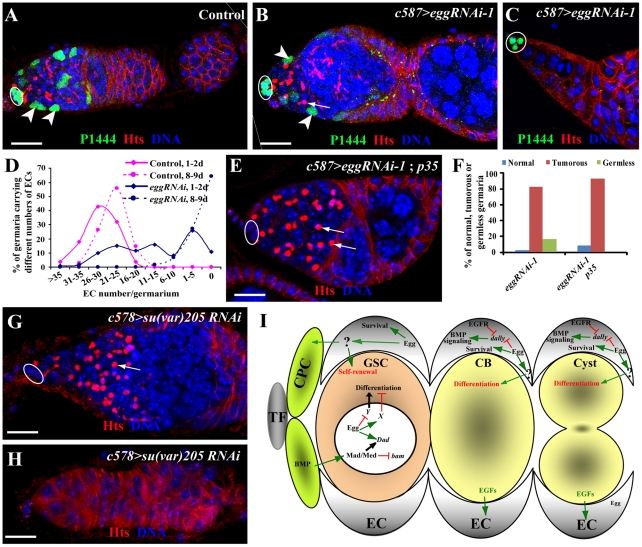Figure 7. Egg is required for EC survival.
(A) A control PZ1444/+ germarium shows lacZ expression in all the ECs (two by arrowheads) in addition to cap cells (oval). (B–D) c587-gal4-driven egg knockdown in ECs results in reduced ECs (two by arrowheads, B) or the complete absence of ECs (C), which are located posterior to cap cells (oval, B and C). D shows quantitative changes in EC numbers of control and egg knockdown germaria with age. (E, F) Overexpression of p35 suppresses the EC loss caused by RNAi-mediated egg knockdown in ECs (arrows). Quantitative results (F) show that p35 overexpression in ECs suppresses the germless phenotype but not germ cell differentiation defects. (G, H) RNAi-mediated su(var)205 knockdown in ECs causes the accumulation of spectrosome-containing single germ cells (arrow, G) and the complete loss of germ cells (H). (I) A working model for explaining functions of Egg in GSCs and ECs for controlling GSC maintenance and differentiation. In the GSC, Egg may repress the expression of a gene that is important for GSC differentiation or activate expression of a gene that is important for repressing GSC differentiation. In addition, it also directly or indirectly regulates Dad expression along with BMP signaling. In the EC, Egg is required for controlling the survival of the EC, which is important for proper germ cell differentiation and GSC maintenance. Egg may control expression of dally and other BMP regulators in the EC to prevent BMP signaling from spreading to differentiated germ cells.

